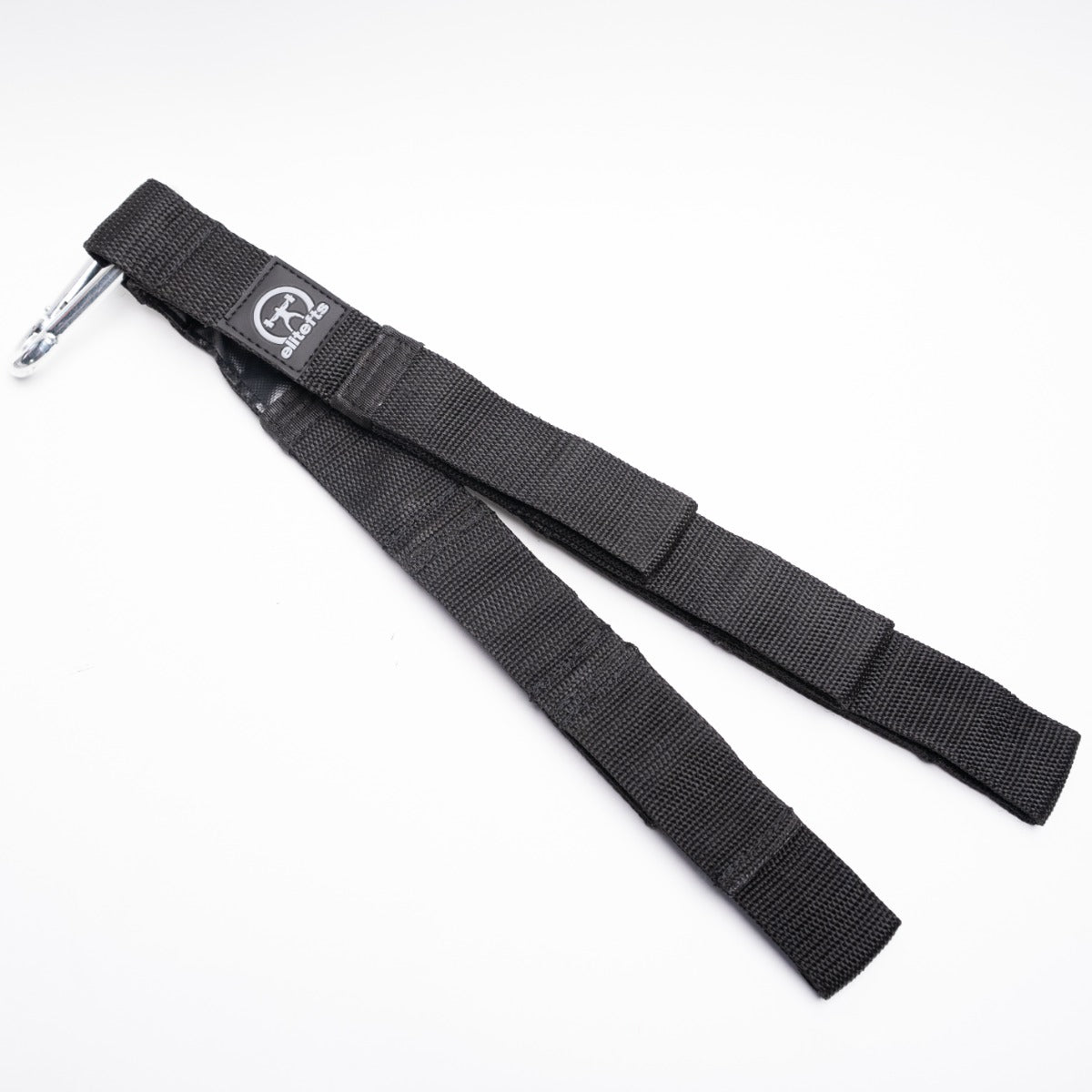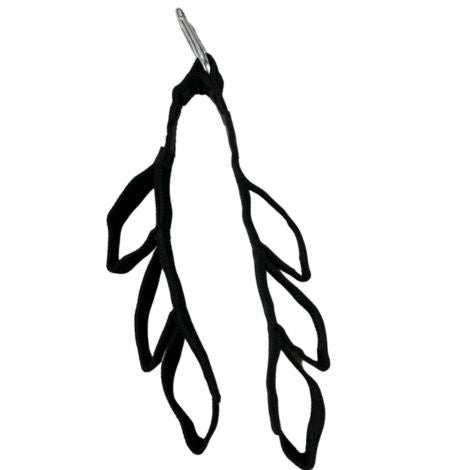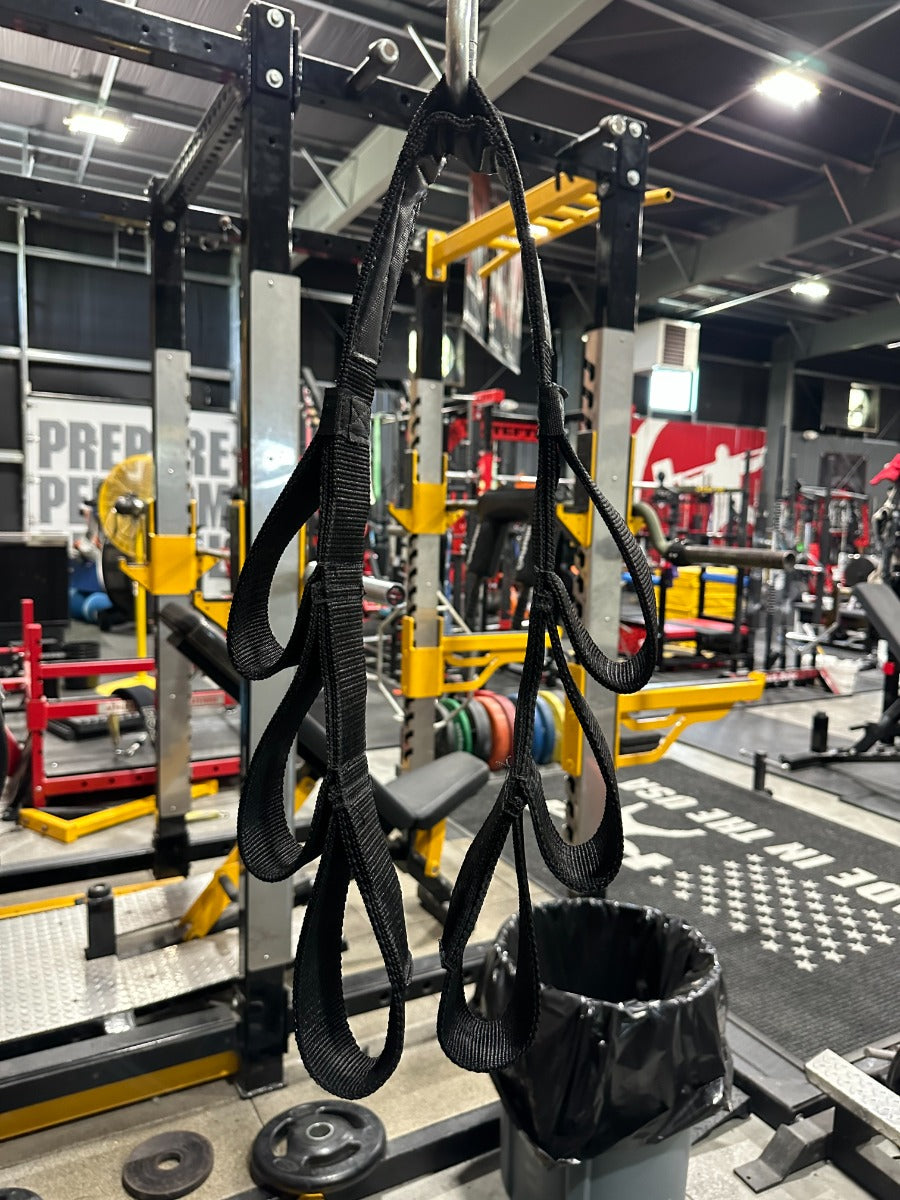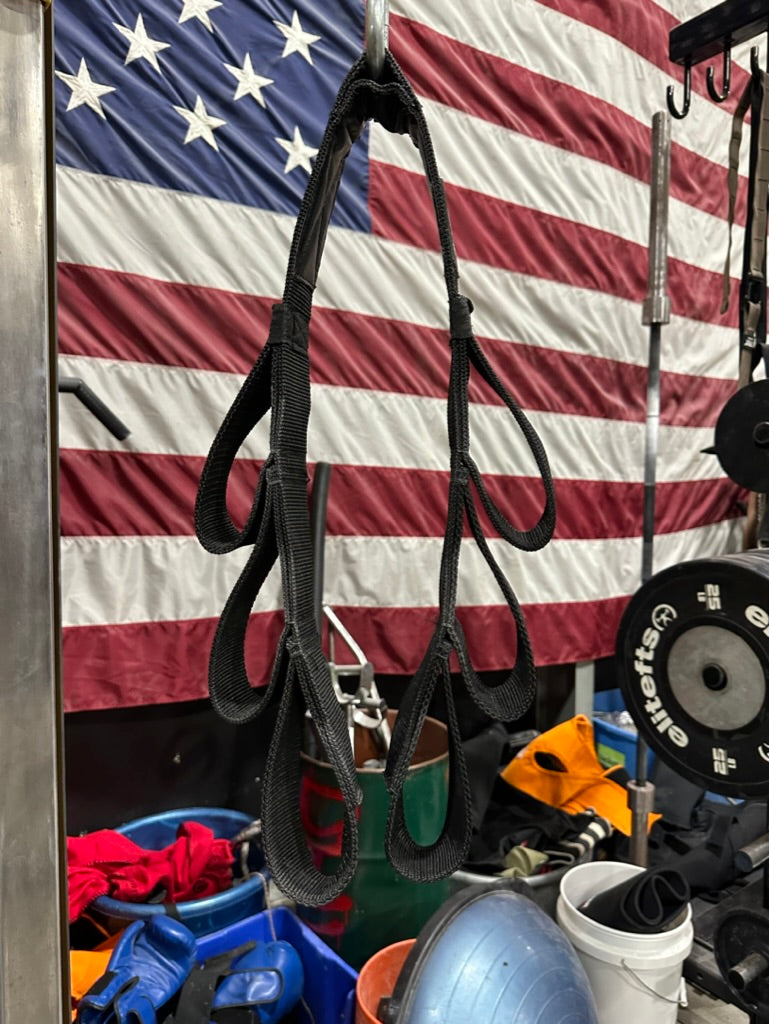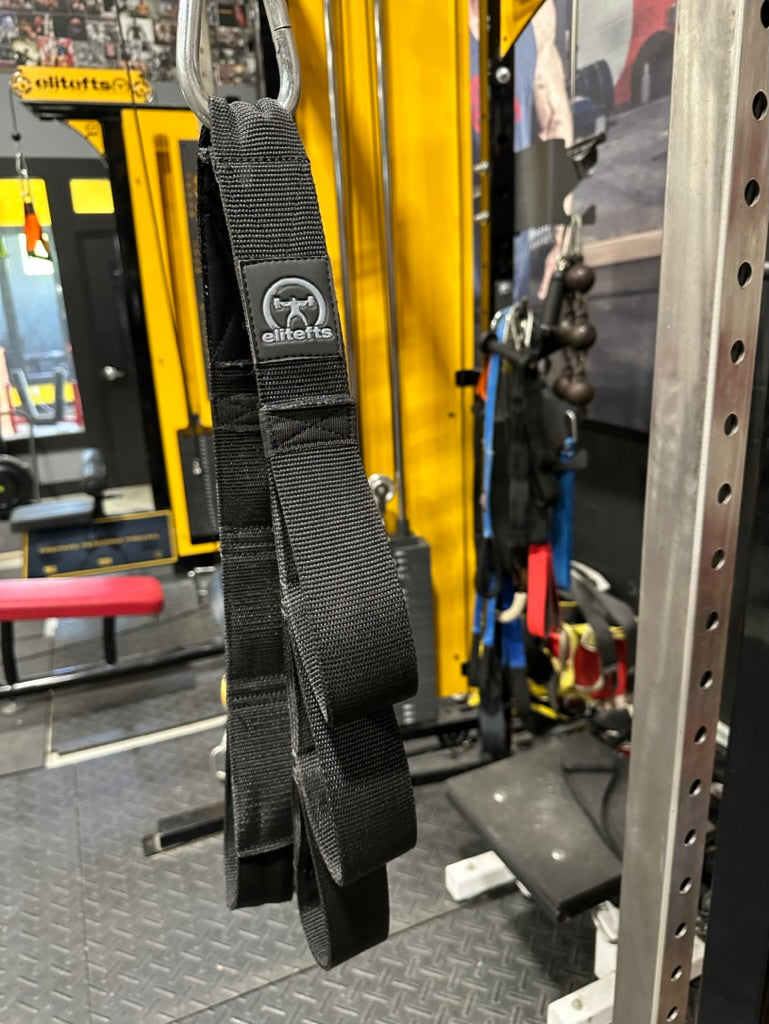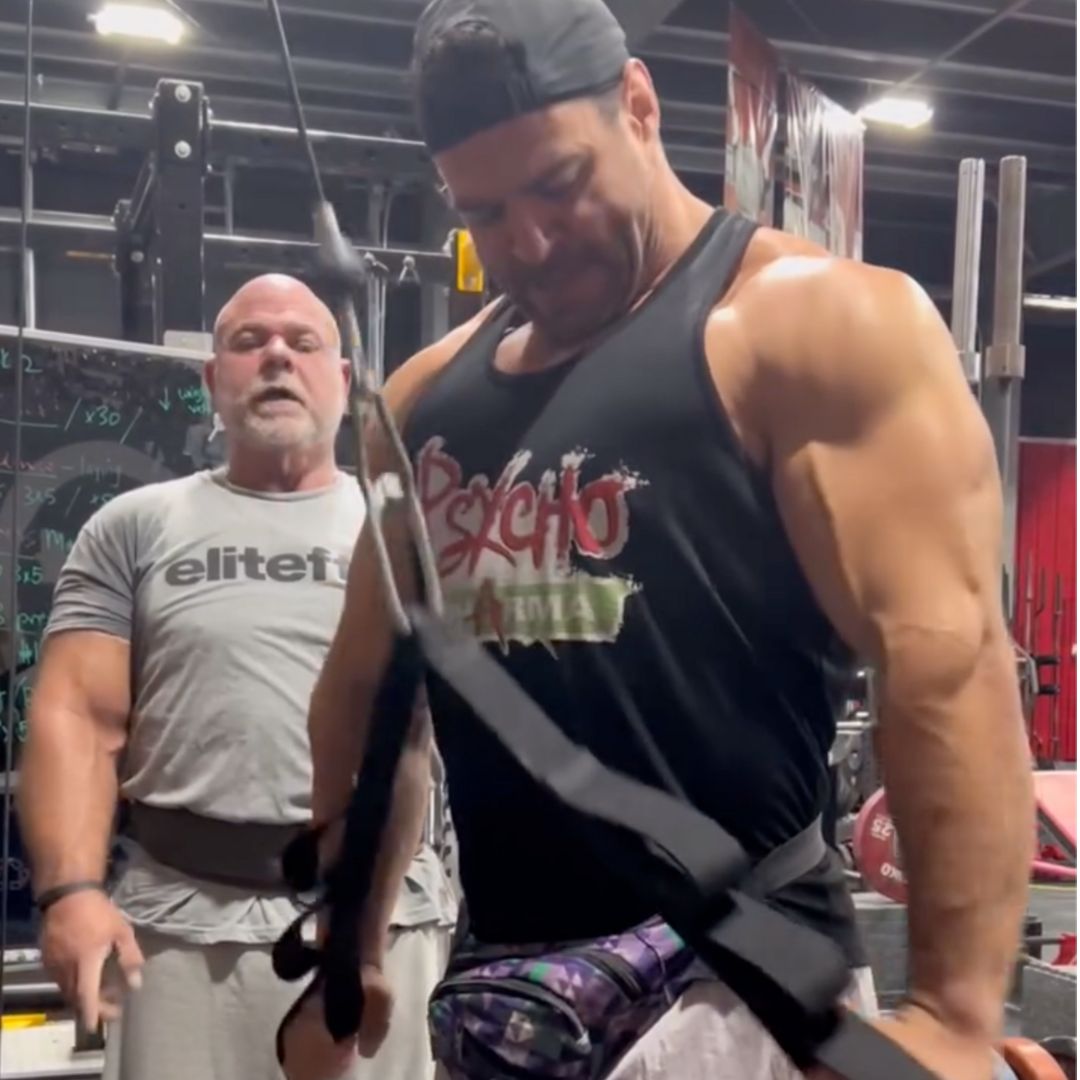elitefts™ Sunday edition Less Is More
When considering total training volume and frequency, there's always one rule that will universally hold true; less is more. This isn't just something that I tell the girls in my life, it's a rule that I adhere to strictly with the training of all of my athletes. It's always better to err on the side of doing too little than doing too much. Before you start conjuring up images of Mike Mentzer and think I'm recommending that you do one extended drop set, once a month, let me explain how I came to follow this rule as gospel. Growing up I was always the skinniest, weakest kid in school. When I started training, I did the usual high volume bodybuilding stuff that everyone else did. Long story short, I never started making progress until I cut my volume and frequency to nearly a quarter of what it was. Throughout the years I strayed from the path from time-to-time and during those periods, my progress would usually come to a screeching halt. As soon as I returned to a lower volume and frequency approach, my results would sky rocket again. Of course, I have the worst genetics in the world and you could argue that that's the only reason why this approach works for me. Anyone with better genetics could surely handle high volume training, you could argue. This is true, they could...for certain time periods. But here's the question, is it really necessary and will it bring about better results? Fortunately, I had the opportunity to test this theory on nearly 500 athletes over the last 10 years, so I'm pretty confident in my conclusions.
With most beginners I set up a basic three-day-a-week, full-body template with the focus being on a few big, basic exercises. The total set volume usually ranges from 18-25 per workout. Below is a sample beginner routine I use with most young kids. Note: This is their first weight training program, which comes after a few months or even a year or so of bodyweight-only training and basic beginner drills. Setting up this kind of training is beyond the scope of this article and is an article in itself. For our purposes here, I'll skip that and take a sample program of a freshman in high school that's looking to get big and strong and has already gone through the prerequisite bodyweight-only training.
Monday
A)Trap Bar Deadlift
- Sets: 5
- Reps: 6
- Rest: 120
Bench Press
- Sets: 5
- Reps: 6
- Rest: 60
- Sets: 5
- Reps: 6
- Rest: 60
- Sets: 4
- Reps: 10
- Rest: 90
Wednesday
A) Squat- Sets: 4
- Reps: 10
- Rest: 120
Dumbbell Row
- Sets: 4
- Reps: 10
- Rest: 60
- Sets: 4
- Reps: 10
- Rest: 60
- Sets: 3
- Reps: 15
- Rest: 60
- Sets: 3
- Reps: 15
- Reps: 60
- Sets: 2
- Reps: 15
- Rest: 90
Friday
A1) Dumbbell Step-Up- Sets: 3
- Reps: 20
- Rest: 90
Chain Suspended Pushup
- Sets: 3
- Reps: AMAP (as many as possible)
- Rest: 90
Back Extension or 45* Back Extension or Reverse Hyper
- Sets: 3
- Reps: 20
- Rest: 90
- Sets: 3
- Reps: amap
- Rest: 90
- Sets: 3
- Reps: 20
- Rest: 90
- Sets: 3
- Reps: 20
- Rest: 90
Barbell Curl
- Sets: 3
- Reps 15
- Rest: 90

With more inexperienced athletes, I tend to cycle max effort work in four-week waves where they'll usually start the first week with sets of four to five reps and over the course of the next month, steadily decrease the reps and finally hit a one-rep max on the final week. A sample of this is provided below: Incline Bench Press
- Sets: 5,6,4,1
- Reps: 4,3,2,1RM
- Rest: 120
Safety Bar
Box Squat
- Sets: 3,5,1
- Reps: 5@80-85%, 3@85-90%, 1RM
- Rest: 180
- Sets: 1,1,1
- Reps: 5RM, 3RM, 1RM
- Rest:180
Balls-to-the-Wall
There are better and more scientific or even more instinctive ways to monitor training volume, but the problem is when you're dealing with overly eager high school or college athletes, they'll always be raring to go balls-to-the-wall every day of the week. Each day when a high school or college athlete arrives at my gym, I ask them how they're feeling that day. The response is almost always the same, "Great!" Unfortunately, at 30-years-old, I'm eight years past my prime and rather beat up, so I can't remember the last time I felt "Great!" Actually that's a lie, after an hour or so of drinking on a Saturday night, I pretty much feel invincible, but that's a whole other story for me and my shrink to discuss. So, while monitoring training volume based upon feel on a daily basis is really the optimal method, it's not always practical considering the population you may be working with. That's why I choose planned deload weeks. You also have to take into account that most athletes aren't seasoned lifters who know how to listen to their bodies on a daily basis. They only know that they have to keep pushing themselves harder and harder and that turning it down seems like giving up. This is just the nature of the beast; successful athletes are born with that attitude and it's hard to convince them sometimes that less is more. After years of training a given athlete, one of the changes I'll often make is to reduce his high-to-low volume ratio from three-to-one to two-to-one. While he used to train at a high volume for three weeks followed by a one week unloading period, the stronger and more neurologically efficient he becomes, the less high volume training he'll be able to tolerate. When a situation like this arises and I see that progress is starting to slow down, I'll begin to switch the athlete over to two weeks of high volume followed by a one week deload. This method works extremely well with the more advanced athlete. There are endless ways to manipulate volume of both max effort and assistance work, but explaining every way I do this would turn this article into a book. Hopefully, the examples above have provided some useful information for you to work with.Account for Stress
As much as we may try to plan the optimal cycling of training volume, there's no way to account for the daily stresses of life. Emotional stress is far more difficult to recover from than physical stress and has to be taken into account when planning training volume. During exams, job interview weeks, breakups or any other stressful times in life, it's always necessary to lower your training volume. Even though the stress is not physical, it will wreak havoc on your ability to recover from a normal training sessions and must be considered. In an ideal world, with an experienced lifter, training volume is something that you don't really even have to think about and should monitor itself. Some days you feel great, well...good at least, and will want to push it. Do those extra sets of dumbbell presses and curls if you want. Other days, you'll feel like death and only manage to get through 6–10 sets before calling it a day. This is known as cybernetic periodization and is an advanced method to be used by those with years of experience. It's the optimal way to monitor training volume. There's no fancy scientific formula to follow here; it's all based on feel. Once you get to this level and know when to back off, when to turn it up, when to skip workouts, and when to take weeks off; you'll truly have mastered the art of training.
No matter if you're an absolute beginner, or an experienced veteran with 20- plus years of training experience under your belt, the rule of less is more will always hold true. Recently, this has been proven to me on a routine basis through the results of some of my friends who train with me at my gym. This is a group of guys who range in age from late 20's to early 40's. They all work full-time jobs and many have families. I had all of them training four days per week for a while, but decided to cut them back to three days. Instantly their rates of progress went through the roof. Coincidentally, all of them just happened to be getting busier and busier in their professional and personal lives and began to miss workouts. Twelve workouts per month was reduced to an average of 9-10. You know what happened? They got stronger! This wasn't just one guy either; this was true across the board for seven of my close friends. Two of them work together and were both promoted to new positions and basically put in charge of running the company they work for. They trained once a week for a month straight and still came in at the end of the month and set new PRs on the bench press! With all of the new found stress that they were under, that was probably the optimal training volume for them at the time and all they could handle. Dave Tate explained to me, earlier this year, how he now only trains three days per week and is making better progress than ever. I recently started to spread my usual four day Westside style split out across 8-10 days instead of the usual seven and my progress was better than ever, even though I'm in the height of my busy season training athletes 12 hours per day. I did this due to necessity because it's difficult for me to find any time at all to train during the summer, so I just get a workout in whenever I can. I have many clients doing this split as well, and their progress improved since we implemented this method. As you get stronger, you'll always have to reduce your total training volume. These are results that you can't argue with. I see it time and time again over the last 10 years in my gym, with close to 500 athletes and I heard the sentiments echoed by my friends Dave Tate, Jim Wendler and many of the strongest lifters in the world. The verdict is in and the gavel was put down on this issue.. less is ALWAYS more.




































































































